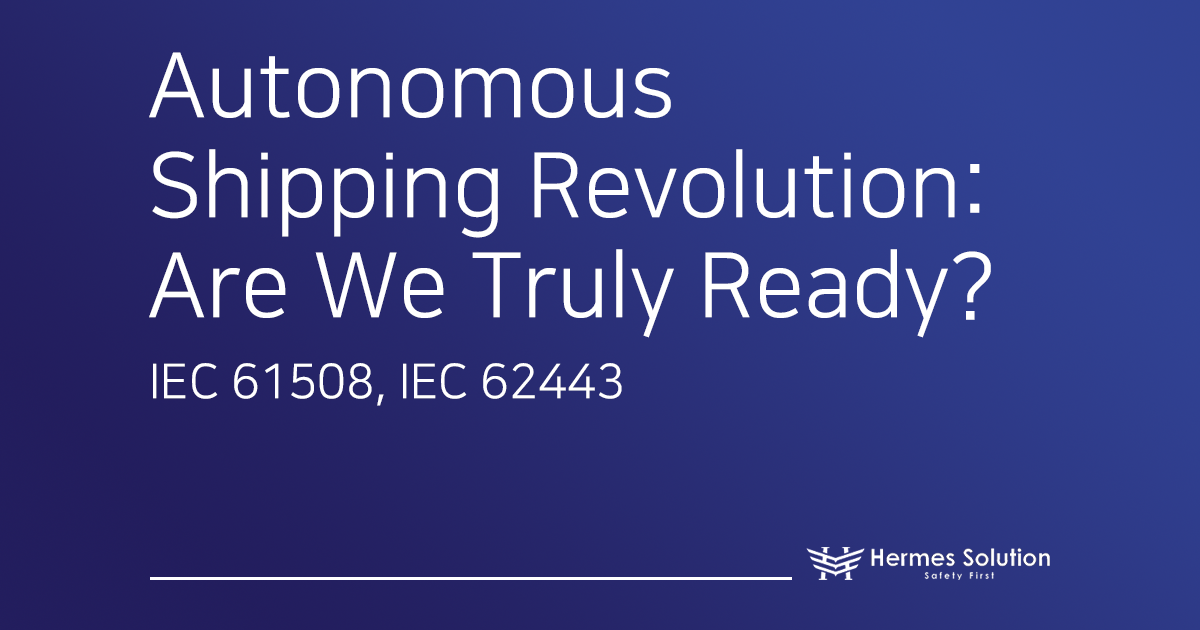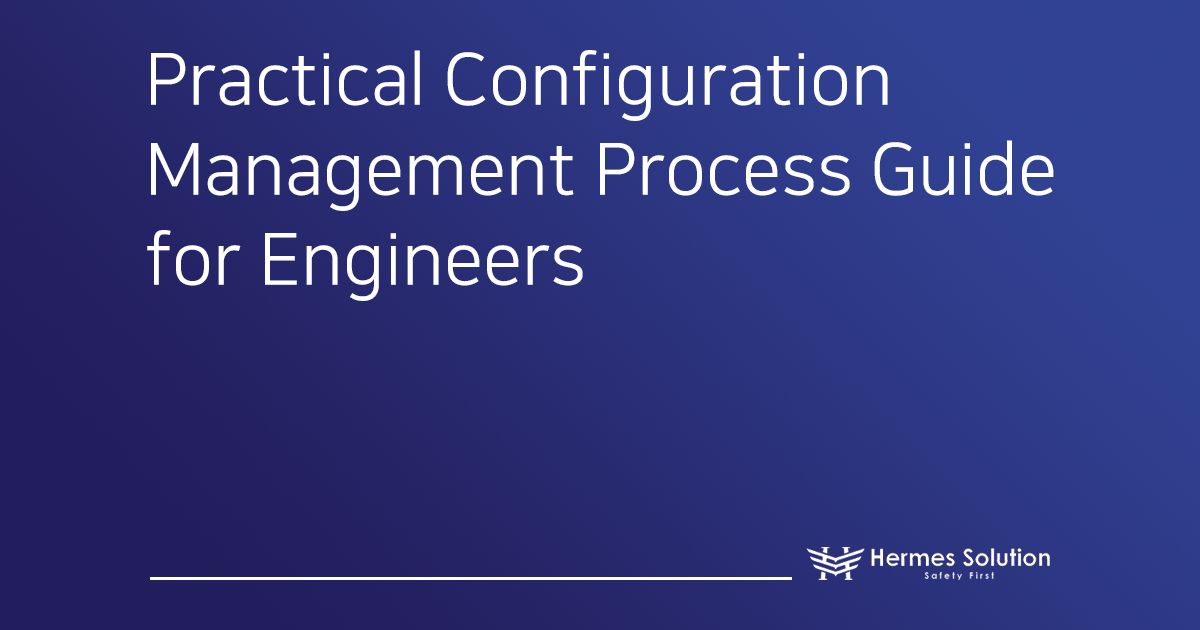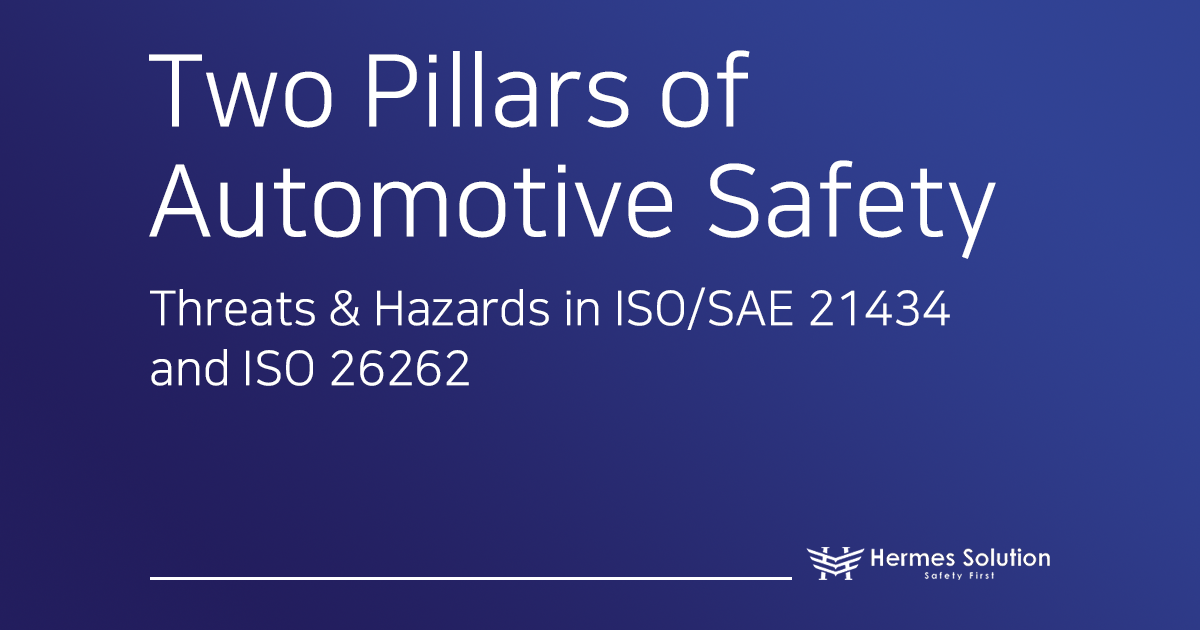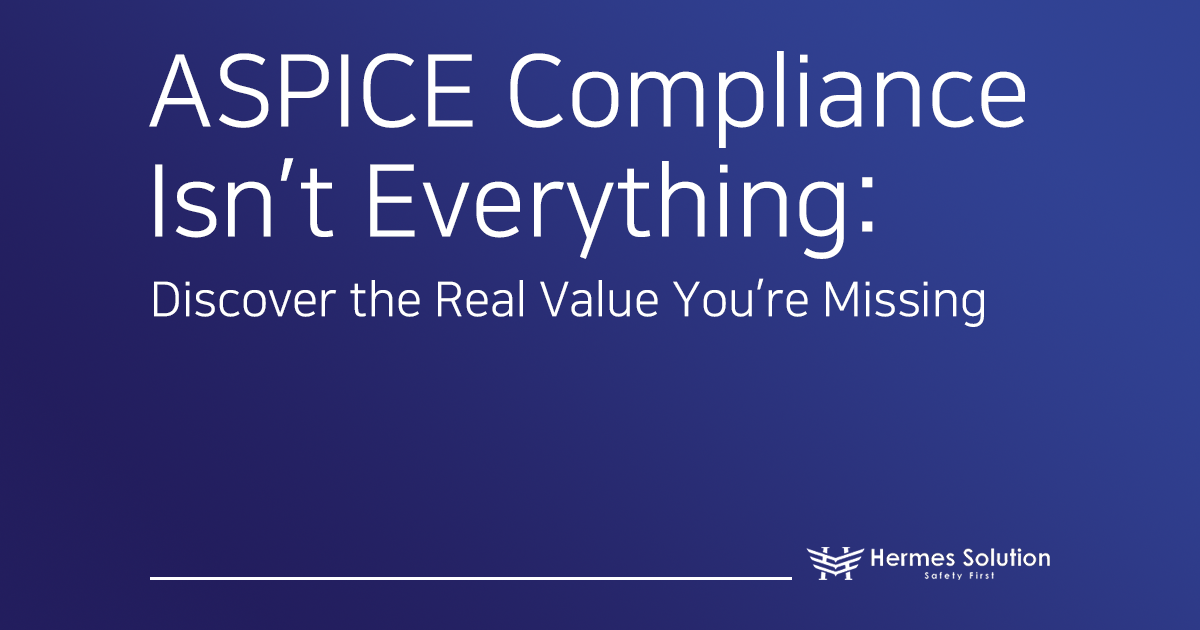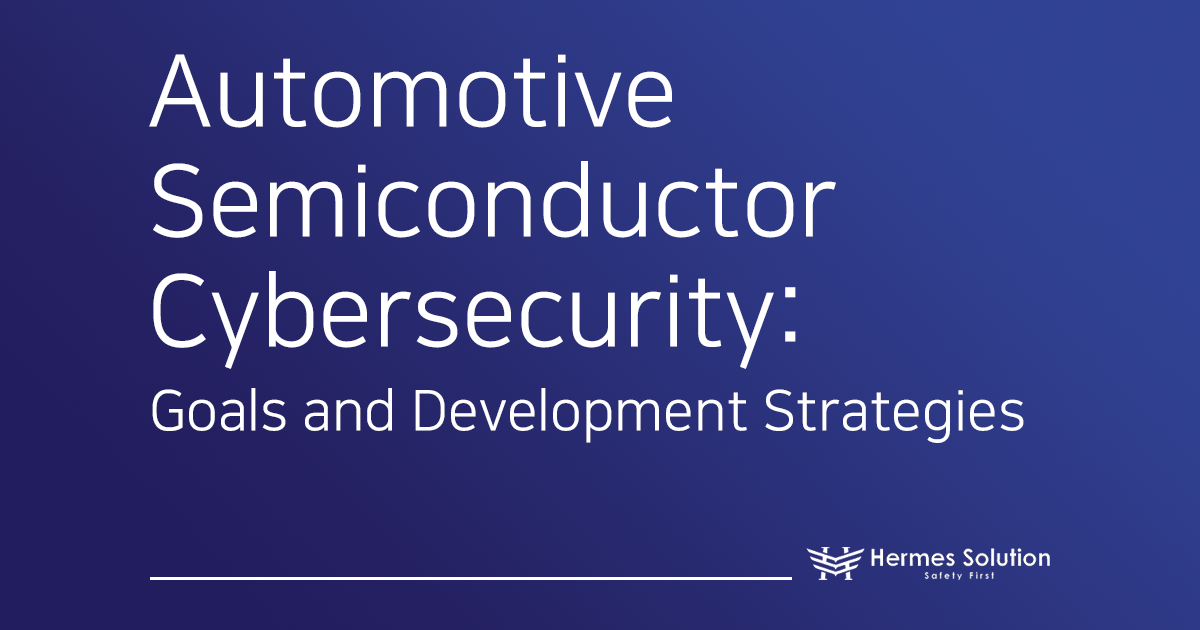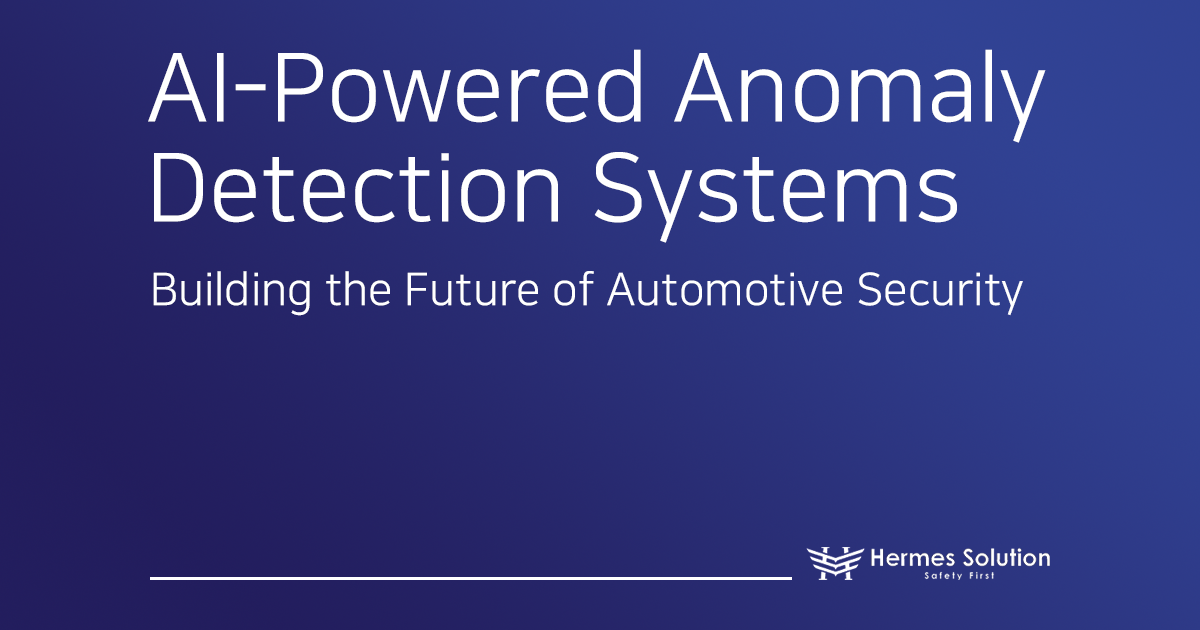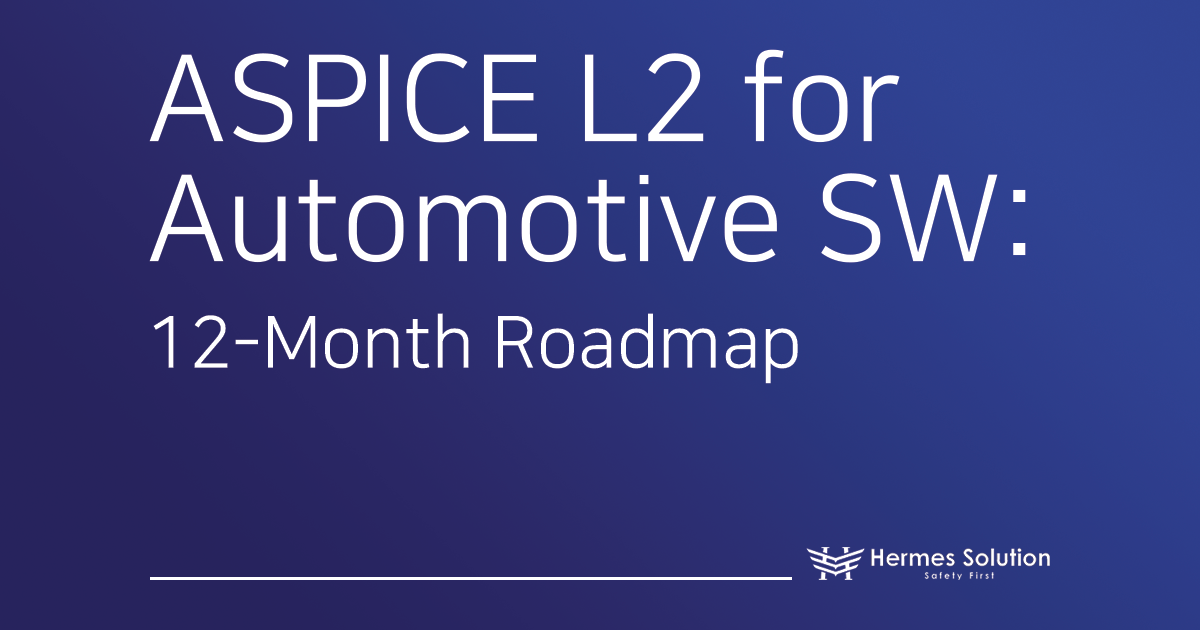Autonomous Shipping Revolution: Are We Truly Ready?
Functional safety and cybersecurity in autonomous ships are no longer optional—they are the foundation of the autonomous shipping revolution.
Autonomous ships are no longer science fiction.
Japan plans to deploy 250 AI-powered cargo vessels by 2025, while China has positioned smart ships as a core of its “Made in China 2025” strategy.
Global players such as Rolls-Royce, Kongsberg, and Google are leading commercial unmanned-ship projects, and Korean giants HD Hyundai and Samsung Heavy Industries are accelerating development of autonomous navigation solutions and even unmanned combat ships.
This technology promises dramatic cost savings, higher efficiency, and fewer human errors.
Analysts estimate that an autonomous ship can save about USD 7 million in crew and fuel costs over a 25-year life cycle.
Yet the real question remains:
“Can we prove that a vessel will stay safe and secure under the harshest, most unpredictable conditions?”
The Role of Functional Safety and Cybersecurity in Autonomous Ships
Two Pillars: Functional Safety and Cybersecurity
To answer this question, we must understand two interdependent concepts.
Functional Safety
A commitment that a system will operate as intended—even during malfunctions or unforeseen events—so that catastrophic accidents are prevented.
Cybersecurity
The ability to stop external attackers from hijacking or manipulating a system to force dangerous actions.
These are not separate concerns. Functional safety and cybersecurity are the twin pillars that support the survival, legal defensibility, and public acceptance of autonomous shipping.
If one collapses, the other quickly follows.
Why It Matters Now
Many companies are racing to market, placing speed ahead of safety and security.
History shows the danger: in the early IoT era, security was an afterthought, leading to costly failures.
With billions of dollars in assets—and lives—at stake, designing for functional safety and cybersecurity from day one is the only path to sustainable innovation.
First Pillar: Functional Safety in a Crew-Free World
Functional safety is not just about smooth sailing on calm seas.
The true test is whether a vessel can withstand internal faults or environmental failures—even without malicious attacks.
Example:
An autonomous ship performing a complex port-docking maneuver suddenly loses satellite communication with its shore control center.
The vessel cannot simply stop. To avoid collisions, it must follow a pre-defined fail-safe protocol and autonomously reach a safe position.
Because external rescue is slow at sea, self-directed safety measures are critical.
Another scenario: heavy fog degrades LiDAR sensors, GPS signals drop out, and radar data conflicts with electronic chart information.
A human navigator would cross-check data and choose the best action.
An autonomous system must achieve the same resilience through advanced sensor-fusion algorithms, preventing either decision paralysis or catastrophic choices based on corrupted inputs.
The global standard IEC 61508 provides a structured answer.
It requires identifying every potential hazard early in development, assigning quantitative Safety Integrity Levels (SILs), and enforcing rigorous design and validation so a company can confidently state:
“Our system meets internationally certified SIL 3 safety.”
Second Pillar: Expanding Cyber Threat Surface
Modern vessels are floating data centers where IT and OT (operational technology) systems converge.
High-speed satellite links and marine LTE keep ships permanently connected—creating an irresistible target for cyber criminals and state-sponsored attackers.
Among many threats, GPS spoofing is especially dangerous:
MSC ANTONIA Grounding (May 2025):
Near Jeddah, Saudi Arabia, a massive container ship ran aground.
Analysts traced the likely cause to GPS spoofing, where average false-position “jumps” skyrocketed from 600 km in late 2024 to 6,300 km in early 2025.Persian Gulf Tanker Collision (June 2025):
Two tankers collided and caught fire. AIS records showed one vessel “sailing” across impossible inland terrain—another clear sign of GPS manipulation.
These incidents prove that data manipulation—not data theft—is the gravest threat.
Hackers need not break into navigation controls; altering the external data that autonomous algorithms trust is enough to steer a ship onto rocks while the system believes it is acting safely.
The international IEC 62443 standard provides the cybersecurity blueprint.
It applies Defense-in-Depth architecture, segmenting systems into logical zones and conduits so any breach remains contained.
It also mandates a Secure Development Lifecycle, embedding security from the earliest design stage.
When Cybersecurity Failure Becomes a Safety Disaster
Real-world accidents show that functional safety and cybersecurity are inseparable.
A single vulnerability can nullify years of safety engineering:
malware in the navigation system (cybersecurity failure) leads directly to a collision (functional-safety failure).
This reality demands a new paradigm: Digital Seaworthiness.
In the 21st century, a ship is truly seaworthy only when it can withstand both internal malfunctions and external cyber attacks.
Risk Category | Conventional Ships | Autonomous Ships |
|---|---|---|
Navigation Error | Human fatigue, poor judgment | Algorithm errors, corrupted sensor data, GPS spoofing |
System Control | Mechanical failure, operator mistake | Remote hijacking, cascading software faults, IT/OT breaches |
Situational Awareness | Bridge team observation, radar, VHF | Sensor-fusion failure, lost communications, data-integrity attacks |
Security | Piracy, stowaways, sabotage | Ransomware, network intrusion, malicious data injection |
Core Weakness | Human fallibility | System complexity and hyper-connectivity |
How to Achieve Functional Safety and Cybersecurity in Autonomous Ships
Navigating the New Regulatory and Financial Seas
Functional safety and cybersecurity are not just technical challenges—they are business imperatives shaped by regulation, insurance, and legal liability.
Regulatory Wave:
The International Maritime Organization (IMO) has set a clear roadmap for Maritime Autonomous Surface Ships (MASS):
2025 – Voluntary code adopted
2032 – Mandatory code enters into force
The International Association of Classification Societies (IACS) already requires new builds to meet cybersecurity standards (UR E26/E27).
Insurance and Liability:
When a crew-less ship causes an accident, who is responsible—owner, AI developer, remote-operation center, or sensor maker?
Insurers are becoming cautious and will demand objective proof of digital seaworthiness.
Vessels documented to meet IEC 61508 and IEC 62443 will obtain coverage at reasonable rates, while non-compliant ships risk denial or sky-high premiums.
South Korea’s pending Autonomous Ship Development and Commercialization Act even proposes mandatory liability insurance and penalties for non-compliance.
Strategic Investment for Competitive Advantage
Proactive investment in functional safety and cybersecurity is not a cost—it is a competitive edge.
Companies that demonstrate digital seaworthiness will:
Win regulatory approvals faster
Secure favorable insurance terms
Earn the trust of cargo owners and the market
Organizations that treat the IMO’s 2025 voluntary code as a de-facto design standard today will dominate the market as regulations tighten, while late adopters face expensive retrofits and legal fallout from the first major precedent-setting accidents.
Securing a Safe and Secure Voyage
The full potential of autonomous shipping becomes reality only when functional safety and cybersecurity are built in from the very start.
Speed of innovation alone will turn the future into a sandcastle.
The solution is a Safety-and-Security-by-Design approach—integrating both pillars into every phase:
concept design, software architecture, hardware selection, and operational protocols.
Standards IEC 61508 and IEC 62443 provide proven roadmaps not just for what to implement, but how to embed safety and security throughout development.
The challenges of the autonomous era are complex, but with the right expertise, strategic insight, and collaborative approach, they are solvable.
The goal is not to slow innovation but to enable resilient, sustainable innovation.
To achieve true Digital Seaworthiness, companies need new forms of partnership and leadership—combining maritime operations, cutting-edge technology, international regulation, and strategic risk management.
Are you ready to embark on this new era of shipping leadership—with Hermes Solution as your trusted partner?
